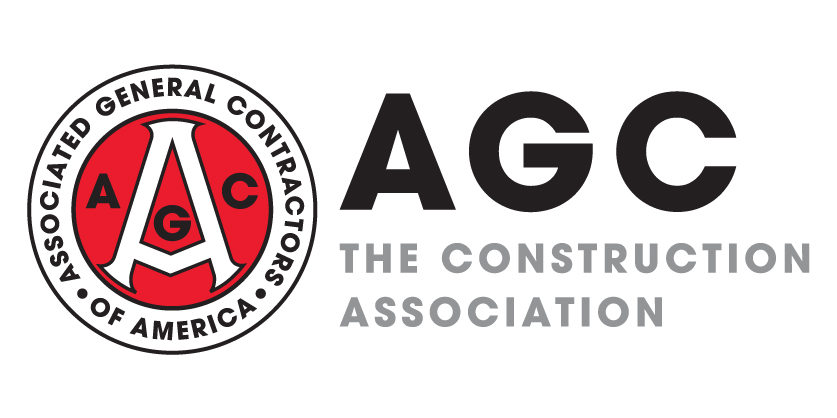
Project cancellations continue to mount, new surveys by AGC, Industrial Info Resources and the American Institute of Architects (AIA) show. In AGC’s latest online survey, conducted May 18-21, 40% of the 742 respondents reported that a project owner had canceled a scheduled project, including 24% who had expected a start in June or later (up from 37% and 20%, respectively, in the May 4-7 survey). One-fifth of respondents reported working on additional or expanded projects, a share that changed little from the previous three surveys. Industrial Info reported on May 19 that its “North American Spending Gap Index, a measure of project fallouts, amounted to $280 billion in April, an increase of 217% from the same month in 2019.”
AIA reported on Wednesday, “Following last month’s precipitous decline, billings at architecture firms sank even lower in April.” AIA’s Architecture Billings Index measures the percentage of surveyed architecture firms that reported higher billings than a month earlier, less the percentage reporting lower billings. The ABI score declined from 33.3 in March to 29.5, “a new all-time low for the index (a score below 50 [on a 0-100 scale] indicates decreasing billings), with more than half of responding firms reporting a further decline in their firm billings from March to April. Inquiries into new work also remained extremely low in April [index score of 28.4], although modestly fewer firms reported a decline in inquiries than in March [23.8]. However, immediate prospects for new work remain bleak, as the value of new design contracts al so remained extremely low,” with a score of 27.6, up from 27.1. Based on three- month moving averages, “Billings also weakened substantially at firms of all specializations, with firms with a commercial/industrial specialization reporting the largest decline,” falling from 36.6 in March to 27.8, followed by multifamily residential specialization, from 38.0 to 30.3, and institutional, from 42.0 to 36.1. “Nearly all firms (97%) reported that at least some of their projects have been negatively affected, with 43% of firms reporting that at least 25% of their projects have been negatively affected….And while 39% of firms reported that at least some of their projects have been positively affected by the pandemic,…an average of just 3% of their projects [were] positively affected by the pandemic.”
AGC and AIA found a more mixed picture on employment. In the AGC survey, 30% of respondents said they had furloughed or terminated employees, while 30% had added employees, including 9% who had laid off employees in April or March. Furthermore, 16% said they anticipate adding employees in the next four weeks, vs. 12% who anticipate needing to lay off employees. Among the AIA respondents, “Just under two-thirds of responding firms reported having made staffing changes,” including furloughs of some staff, 14%; elimination of some positions, 13%; and conversion of some architecture positions to part-time or hourly, 11%. “On the other hand, 12% of firms reported that they have actually hired new permanent employees since the pandemic began.”
Seasonally adjusted construction employment decreased between March and April in 49 states and the District of Columbia, according to AGC’s analysis of Bureau of Labor Statistics (BLS) data posted on Friday. South Dakota, the only state with an increase (500 jobs or 2.0%), set a new record high, but construction employment fell to a multi-year low in many states, including record lows in Vermont, Michigan and Pennsylvania, in a series dating to January 1990. The largest percentage decrease occurred in Vermont (-46%, -6,800 jobs), followed by Michigan (-44%, -78,500), New York (-166,200 jobs, -41%) and Pennsylvania (-100,900, -39%). New York experienced the largest construction job loss over the month, followed by California (-132,100, -15%) and Pennsylvania. (BLS reports combined totals for mining, logging and construction in D.C., Delaware and Hawaii.)
Housing starts (units) declined at a seasonally adjusted annual rate for the third consecutive month in April, tumbling a record 30% from March, the Census Bureau reported on Tuesday. Multifamily (five or more units) starts fell 40% for the month and 62% from the high in January. Single-family starts skidded 25% from March and 38% from a peak in December. Residential permits slid 21% from March, with multifamily permits down 12.4% and single-family permits down 24%.
On Thursday, Census released population estimates for cities and towns as of July 1, 2019. “Overall, between the last census on April 1, 2010 and July 1, 2019 estimates, large cities [populations of 50,000 or more] in the South…continue to grow at a faster pace,” 11.8%, than in the West, 9.1%; Northeast, 1.5%; or Midwest, 3.1%. “On average, small cities and towns—those with fewer than 5,000 people—have seen uneven growth across U.S. regions:” West, 13.3%; South 6.7%; Midwest, 3.0%; and Northeast 1.7%. “Mid-sized cities in the Northeast, places with populations between 5,000 and 9,999, experienced relative stability, seeing a small average decline of 0.9% since the 2010 Census. Mid-sized cities in the other regions experienced population growth, on average.” Herriman, Utah was the fastest-growth midsized or large city, increasing by 136%. It was followed by Leander, Texas, 129%. Between 2018 and 2019, Leander was the fastest-growing large city, “increasing by 12%, making its growth rate 24 times faster than the nation’s growth rate of 0.5%....the South had seven big cities among the top 15 with the largest numeric population change. This is consistent with the period from 2010 to 2019. [Phoenix] once again tops this list for both periods to mark the largest numeric gain: an average increase of 72 people per day between July 1, 2018, and July 1, 2019,” or 26,317 in total, followed by San Antonio, 17,237; Austin, 16,439; Fort Worth, 16,369; and Charlotte, 13,194. Rankings for the fastest-growing cities and towns in each state are available via an interactive map. Population trends are important contributors over time to construction demand, state and local finances, and labor supply, although the pandemic has disrupted past trends for now.




